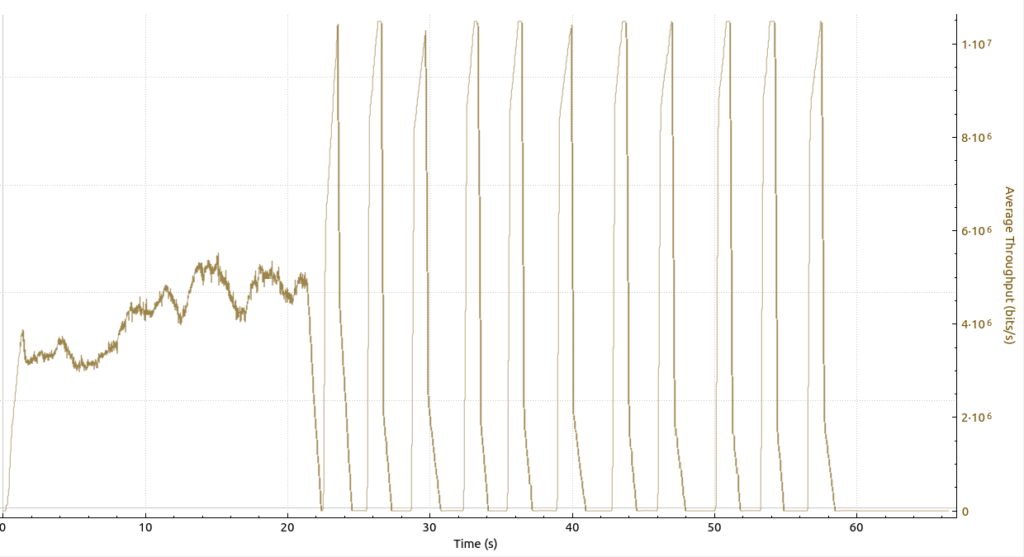Here’s a quick online lecture talk announcement for this Saturday evening, 10. September 2022, 19:00 CEST (Central European Time) that I have received today and which I will definitely attend:
Jan-Daniel Kaplanski of the German Red Cross will talk about his efforts to bring Internet connectivity to large refugee homes in Germany. I’ve been looking at such efforts in the past already and I’m looking forward to hear about Jan-Daniel’s experiences, what kind of technology was rolled out and how the system is used.
The talk is part of a lecture seriesof the Update computer club in Uppsala, Sweden and they’ll use their own BBB server for the event. Click here to join at 19:00 CEST on Saturday.
And here’s the announcement in full:
With increased refugee numbers, an unprecedented high demand for the possibility of communication with the remaining family members left home arose, rendering the previous solution insufficient. That previous solution was based on one WiFi AP and one repeater each per building, connected to a 50 Mbit/s DL/UL synchronous optical fibre network via an external VPN provider to ensure network separation with the company’s staff network. The aim of this project was to provide a new fast solution with its separate external connection, by building a separate network from the ground up. This is an ongoing endeavour, which has currently reached its test phase with three operational APs across two buildings and eight network switches across six buildings, more to follow.
Jan-Daniel Kaplanski (German Red Cross)
The lecture is free and open to everyone.



